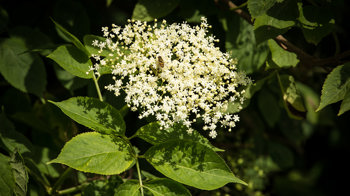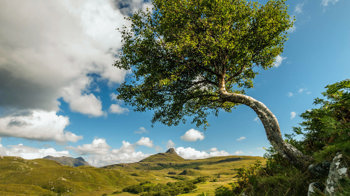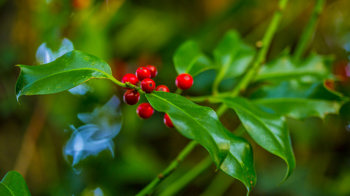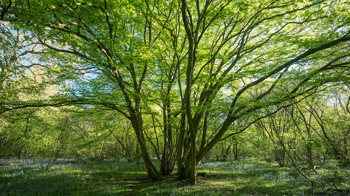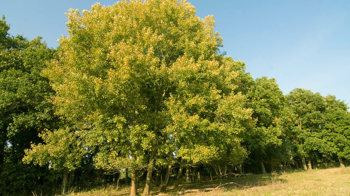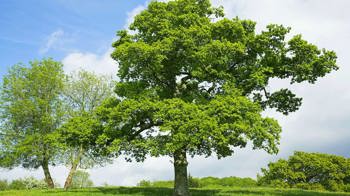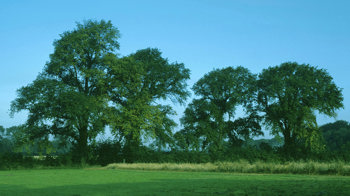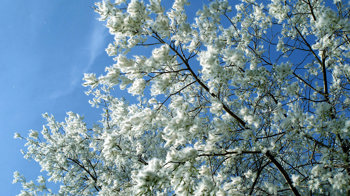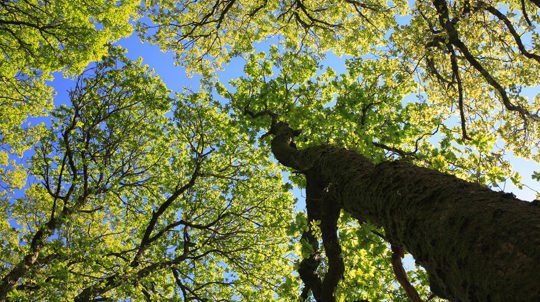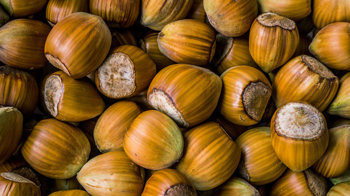
Subsidence and trees
It can be difficult to know whether an issue like subsidence is caused by trees near your home. Here is some advice that can help you decide what to do next.
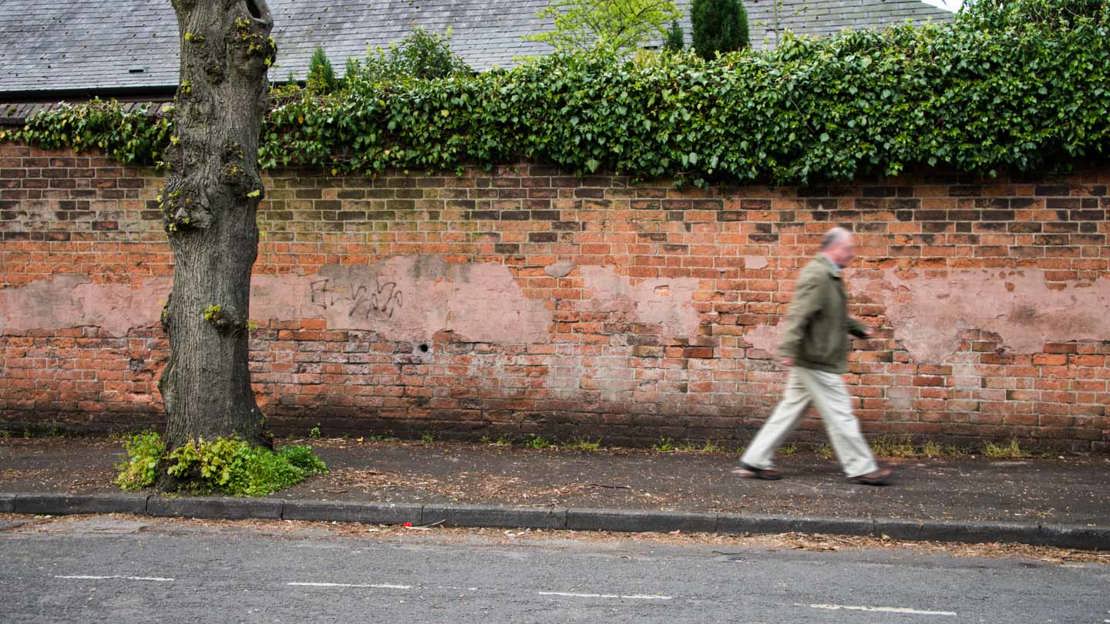
Most trees near buildings don’t cause any damage, but in some cases, tree roots can be linked to subsidence.
Subsidence can have serious consequences for buildings, so you'd be forgiven for panicking if you spot cracks in the walls of your house. That said, there may be other issues at play, and the truth is that the majority of trees cause no damage to homes at all, instead having brilliant benefits for both people and wildlife.
Subsidence can be caused by a range of factors including building faults, flooding, or leaking drains. In some cases, subsidence can be caused by trees, but only under certain circumstances.
What is subsidence?
Subsidence is the term used when the foundations of your home unbalance, due to the ground sinking and taking your foundations with it. This moves the walls and floors of your house from their original groundwork and can cause severe damage.
Some of the first signs of subsidence are cracks in your home. Subsidence cracks are usually:
- more than 3mm thick
- wider at the top and slimmer at the bottom (in diagonal cracks)
- visible both inside and outside
- visible near doors and windows.
There can be other signs of subsidence too. These can include:
- creases in wallpaper where the wall meets the ceiling
- doors and windows sticking (because the frames have warped)
- cracks where an extension joins your house.
Do trees cause subsidence?
Garden trees and street trees are crucial for our health and the health of the world around us, and most don’t cause any damage at all. Trees and subsidence only become a problem under certain conditions – namely on clay soils.
When tree roots grow into clay soil and take up enough moisture, they cause the soil to dry out and shrink. This can cause building foundations on the clay to move, triggering the signs of subsidence mentioned above.
Luckily, modern buildings aren’t as affected by subsidence caused by trees. Houses built before the 1950s are most at risk as their foundations are shallower, making them more susceptible to movement. Subsidence is also more likely during periods of wet followed by extreme dry weather – something we can expect to see more of due to climate change.
What trees can cause subsidence?
Certain types of trees may be more likely to cause subsidence than others. Trees which thrive on a smaller amount of water are less likely to do so, while trees requiring more water are more likely to dry out shrinkable clay soils. If your house is built on clay but you also want to add some trees to your garden, you may want to stick with low water trees as a precaution.
Low water trees
These trees take up less water from the soil, so are well-suited to planting on shrinkable clay soils.
High water trees
These trees take a lot of water from the soil, so may be more of a subsidence risk when planted on shrinkable clay.
Trees and the law
If you think that your home has subsidence due to trees, think twice before going ahead and removing the tree you think is to blame. There are tree protection laws to consider first.
Tree Protection Orders (TPOs)
TPOs are written orders from your local planning authority, with the aim of protecting trees that have amenity value for the public. Even if a tree covered by a TPO is on your land, you must apply to the council to fell or manage it.
Conservation Areas
Conservation Areas are designated by local planning authorities to protect special historical or architectural areas. Trees in Conservation Areas also benefit from this protection, meaning anyone wishing to fell a tree in a Conservation Area must apply to the council first, even if the tree is on your land.
Worried about a tree causing subsidence?
We all need trees. They’re crucial for our mental and physical wellbeing, especially in urban areas, so it’s vital to consider all your options if you think a tree could be causing subsidence. After all, the tree may not be the issue, or your house may not have subsidence after all.
If you’re concerned, seek professional advice before even thinking about felling a tree. A subsidence professional will be able to tell whether your house is showing signs of subsidence, and if so, what steps need to be taken to remedy it. This can usually be done through your buildings insurer.


